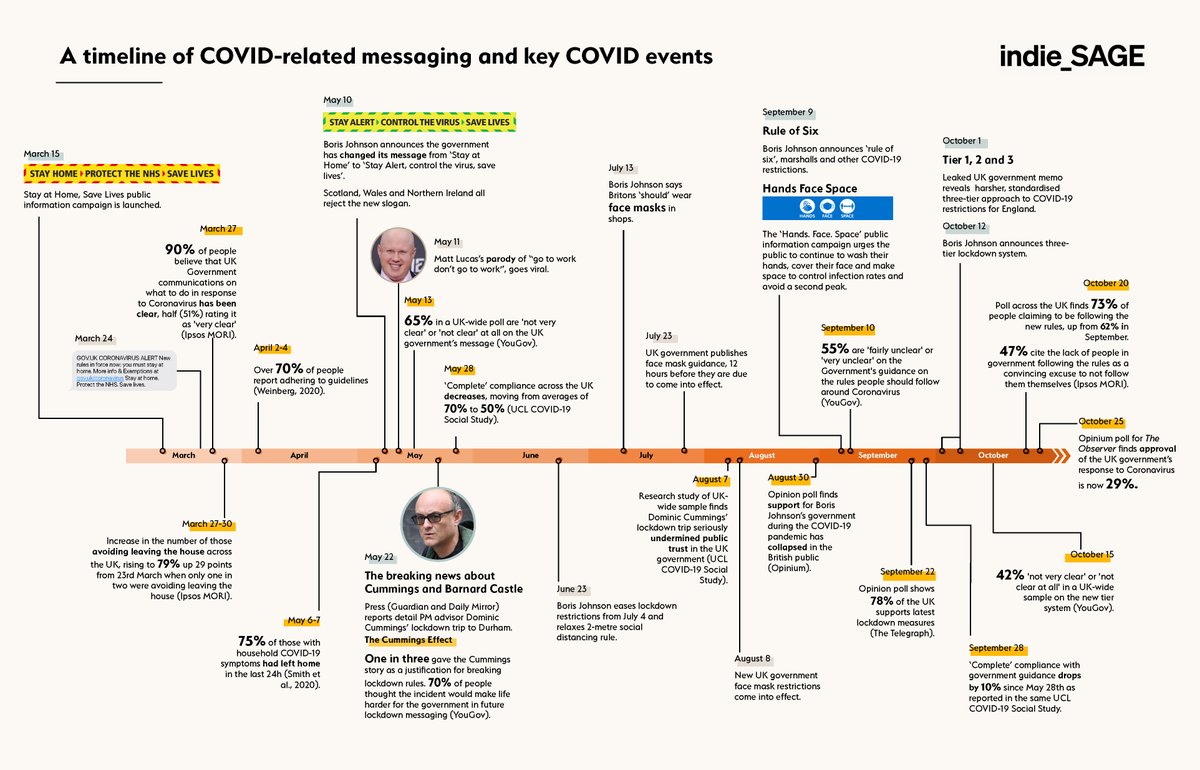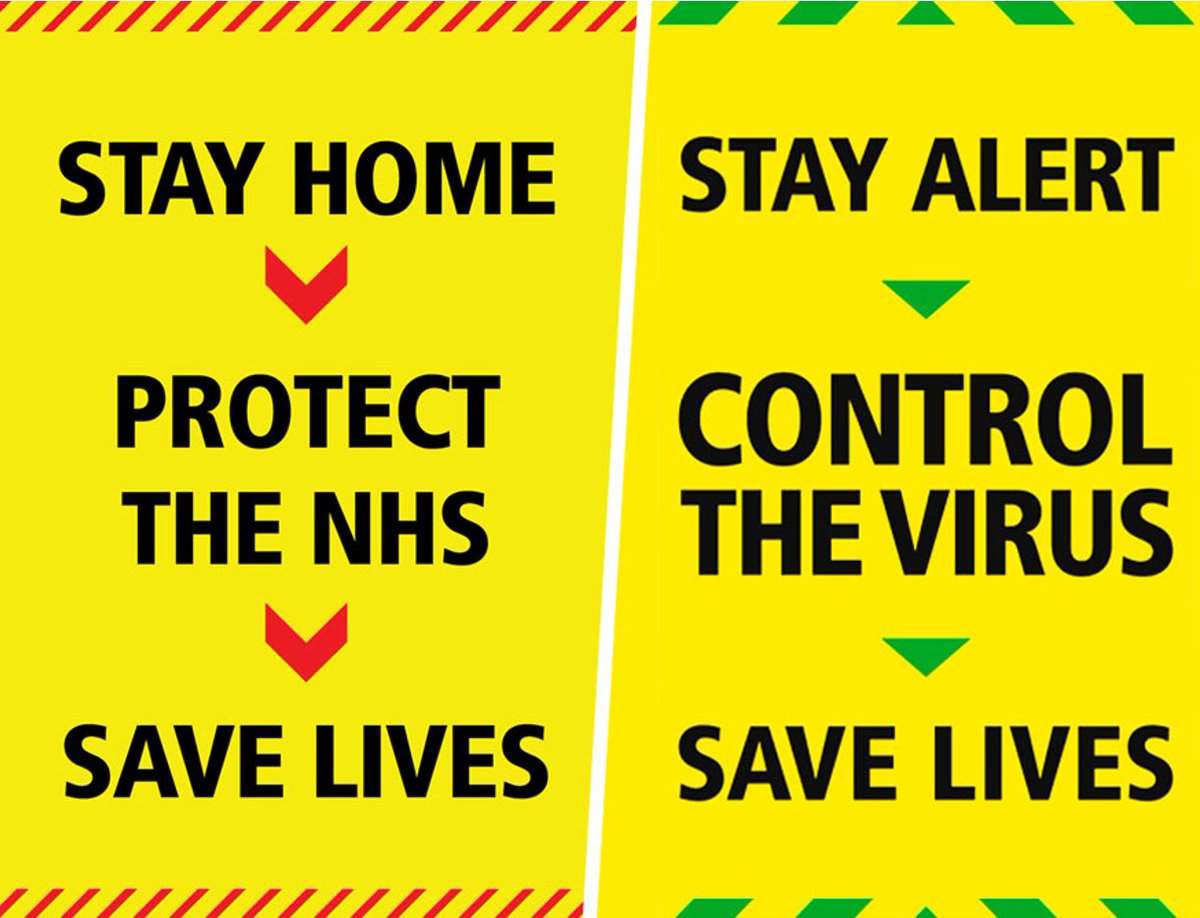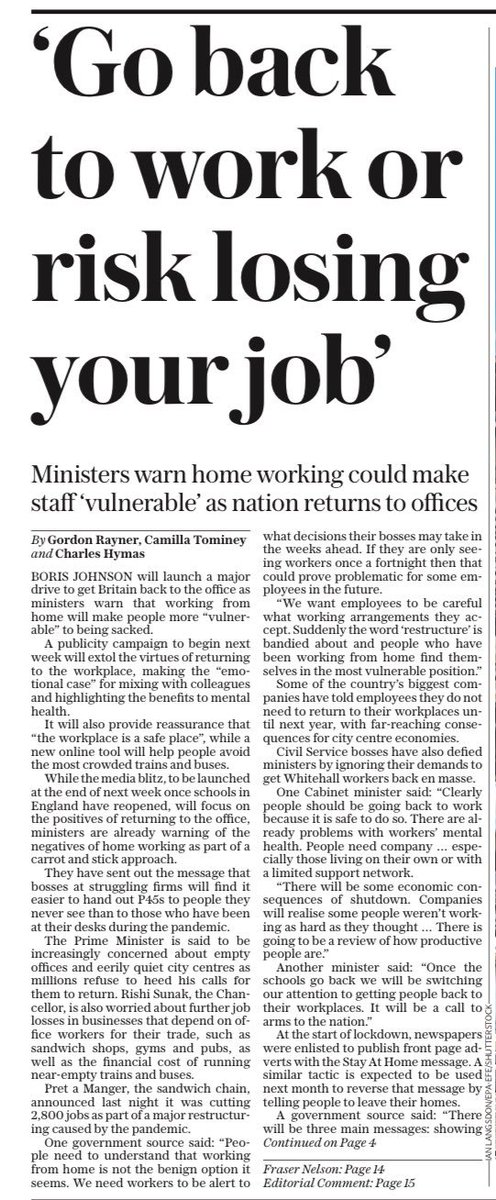
Regarding the UK gov's new Covid campaign (“Act like you've got the virus”), I was asked on @SkyNews yesterday if “there is a problem with compliance now in terms of people adhering ... is the message is clear enough?”
Preparing took me down messaging rabbit holes.
🧵
Preparing took me down messaging rabbit holes.
🧵
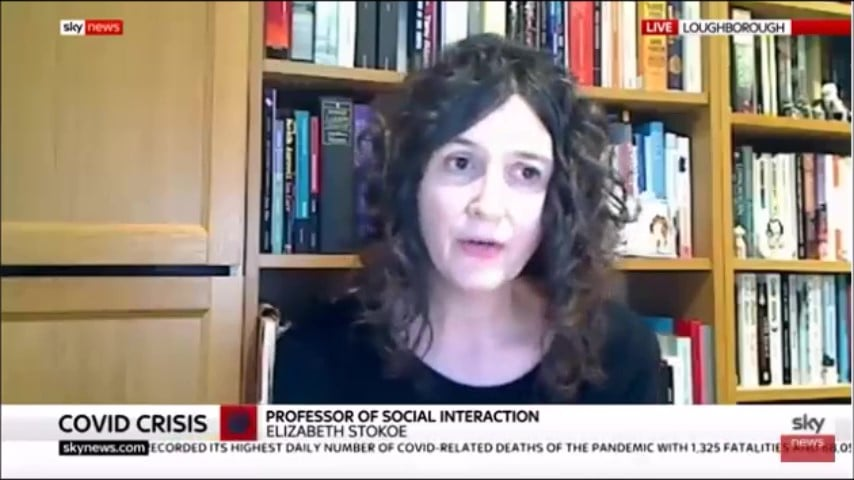
2. On Friday night, to prepare for the interview, I duly looked at @DHSCgovuk's campaign.
Prof Whitty speaks to camera: “We must all stay home. If it is essential to go out, remember wash your hands, cover your face indoors, and keep your distance from others.”
Prof Whitty speaks to camera: “We must all stay home. If it is essential to go out, remember wash your hands, cover your face indoors, and keep your distance from others.”
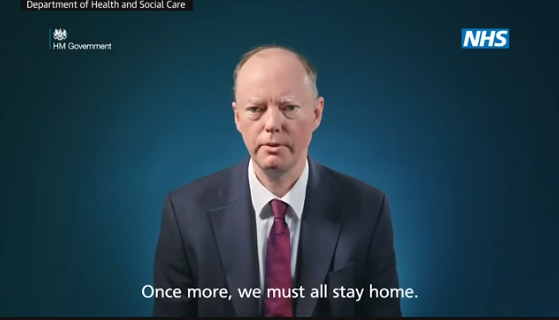
3. The new campaign combines March 2020's strap-line – “Stay Home>Protect the NHS>Save Lives” with new messages (e.g., about the new variant).
“We all NEED” (below) is not the same as Whitty's “We MUST” - or the very clear "You MUST stay at home" text message from March 2020.
“We all NEED” (below) is not the same as Whitty's “We MUST” - or the very clear "You MUST stay at home" text message from March 2020.
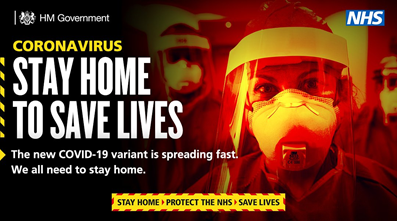
4. While looking online for the new campaign, I found this Telegraph description.
In fact, I saw this *before* the DHSC one.
I got confused since the words appeared in messaging from the first lockdown and I couldn't see them in the Whitty video.

In fact, I saw this *before* the DHSC one.
I got confused since the words appeared in messaging from the first lockdown and I couldn't see them in the Whitty video.
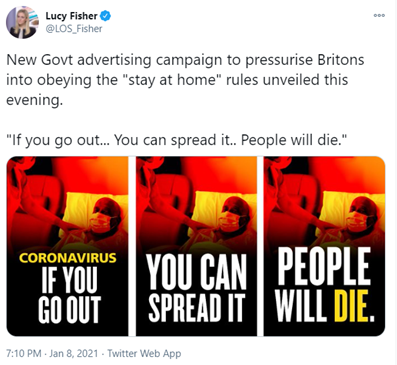
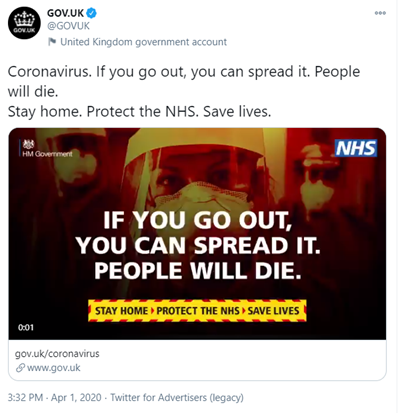
5. Among many negative replies under the Telegraph tweet was the criticism that the 'new' campaign is “too late”, “MORE fear”; a “3 phrase mantra AGAIN”, “that ship has sailed”, “ANOTHER waste of money” – but apparently directed at the wrong campaign.
6. The same (old) words were used in the Evening Standard’s tweet about the new campaign - “If you go out, you can spread it. People will die" - but the link takes you to the new message. 

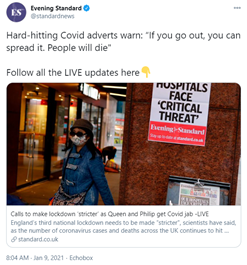
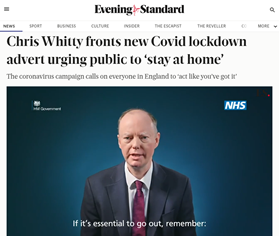
7. Scrolling down the DHSC timeline to 8.1.21, the new campaign uses some images from the first lockdown campaign, but with wording adapted to the current situation. 
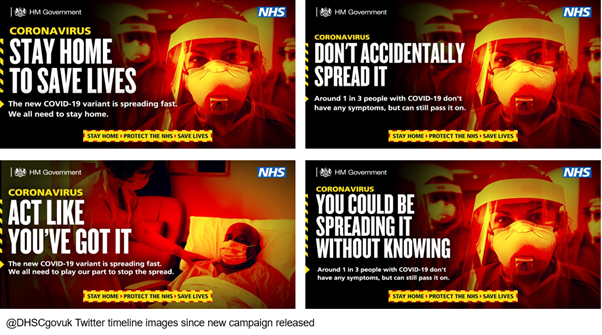
8. A BBC Breakfast montage about the new campaign, topped and tailed with the Whitty-narrated video, included the words and images below (which are not in the video). 
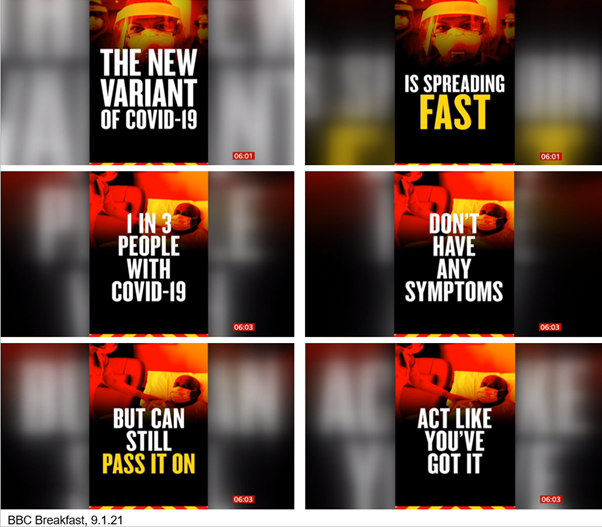
9. The message “Act like you’ve got it” – is, as @billHanage suggests, “good advice - BUT it has been good advice since March last year."
https://twitter.com/BillHanage/status/1347666315327238144
10. And if “Act like you’ve got it” sounds familiar, it might be because @GrahamMedley said similar things on Newsnight last year. 
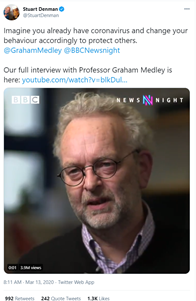
11. So, what about the “problem with compliance”?
As @ReicherStephen writes, "that's the wrong question; adherence has been consistently high”.
@Yougov reported on 5.1.21 that 85% of people SUPPORT lockdown.
As @ReicherStephen writes, "that's the wrong question; adherence has been consistently high”.
@Yougov reported on 5.1.21 that 85% of people SUPPORT lockdown.
https://twitter.com/ReicherStephen/status/1347201558321238016
12. So, people SUPPORT lockdown and report high ADHERENCE.
The simple fact is that not everyone CAN adhere to the instruction, “We must all stay home.”
As @AdamWagner1 wrote, “Problem is there have been mixed messages already on work.”
The simple fact is that not everyone CAN adhere to the instruction, “We must all stay home.”
As @AdamWagner1 wrote, “Problem is there have been mixed messages already on work.”
https://twitter.com/AdamWagner1/status/1346375221859782656
13. 'Lockdown' rules (and meanings) have changed.
e.g., for many, it “is essential to go out” because the gov broadened the definition of key/critical worker, leading to more journeys, more public transport use, more pupils attending school, etc.
e.g., for many, it “is essential to go out” because the gov broadened the definition of key/critical worker, leading to more journeys, more public transport use, more pupils attending school, etc.
https://twitter.com/BBCNewsnight/status/1347683485205540864
14. And, as @ScienceShared writes, “The millions of people who cannot afford to self-isolate face a choice between Covid compliance and financial devastation.”
theguardian.com/commentisfree/…
theguardian.com/commentisfree/…
15. To go from "schools are safe" to "schools are vectors of transmission", within 24 hours, from the same source, is such a spectacular communication failure: dizzying, chaotic, inconsistent, badly-timed, stress-inducing, trust-reducing.
Go to school don't go to school.
Go to school don't go to school.
16. @CyclingKev connects January’s schools U-turns and mixed messaging to Matt Lucas’s viral video that satirized the moment when the UK government changed its messaging from "Stay Home" to "Stay Alert".
https://twitter.com/cyclingkev/status/1347843753277595650
17. If the government changes the rules and makes it impossible for many people to “Stay Home”, then the new message CANNOT be adhered to.
Read @independentSAGE’s report on UK gov messaging March-Oct 2020 and the recommendations made then.
🔗bit.ly/3kBrpp6
End 🧵
Read @independentSAGE’s report on UK gov messaging March-Oct 2020 and the recommendations made then.
🔗bit.ly/3kBrpp6
End 🧵
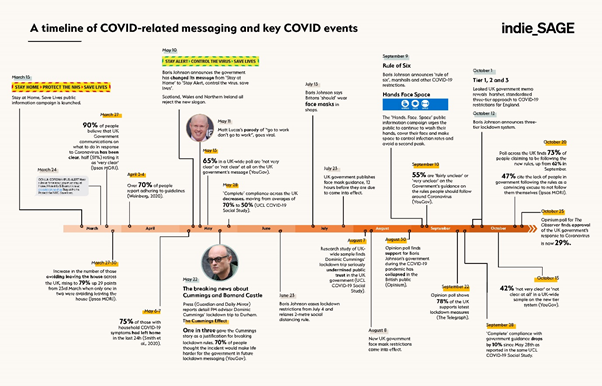
• • •
Missing some Tweet in this thread? You can try to
force a refresh

